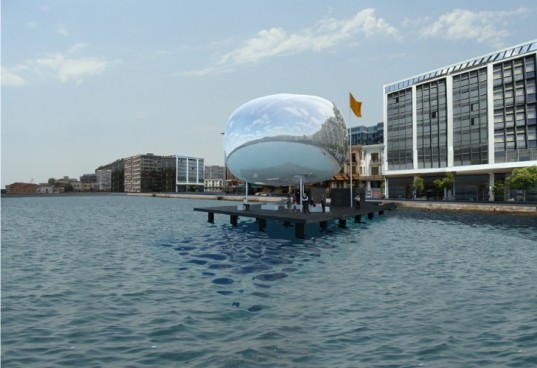
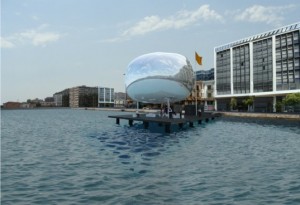





As we know it
Volcanoes contain super heated steam and materials in the form of magma. While we all regard volcanoes as one of the biggest destructive forces of Mother Nature, a few researchers believe otherwise and see the earth’s natural heat as an opportunity to harness abundant clean energy. The steam emanating the high temperature geothermal fluids could be used for driving turbines to produce electricity. The volcanic fluids also contain minerals like gold, silver, sulfur and mercury that can be obtained from such projects. However, it would require new and advanced technology to handle extreme temperatures of volcanic fluids. Many organizations and countries have already started projects for this purpose, as you will see below.


Ethiopia isn’t a country that comes up often when discussing renewable energy, but the Ethiopian Electric Power Coroporation (EEPCO) this past week announced it’s starting construction of six wind power projects and one geothermal power plant. In total, electricity generation capacity for the renewable energy projects totals more than one gigawatt (1 GW), Ethtiopian news service NewsDire reported.
The renewable energy projects are part of EEPCO’s plans to increase national electricity generation capacity five times by 2015, from a current 2000 megawatts (MW) to about 10,000 MW. Increasing electricity generation, in turn, is key to the government’s broader economic development plans.


The World Bank approved $297 million in loans to Morocco to support construction and operation of Morocco’s 500-megawatt (MW) Ouarzazate Concentrated Solar Power (CSP) plant, one of several large scale solar power projects in various stages of planning or development across the solar energy rich Middle East-North Africa region.
Upon completion, the Ouarzazate parabolic trough CSP plant would be one of the largest CSP plants in the world. A group of seven international lenders has committed $1.435 billion dollars to build and develop the project. Ouarzazate is seen as a key milestone for Morocco’s national Solar Power Plan, which was launched in 2009 with the goal of deploying 2000 MW of solar power generation capacity by 2020.
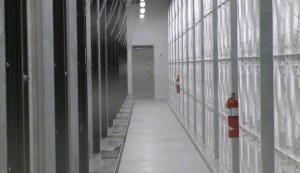
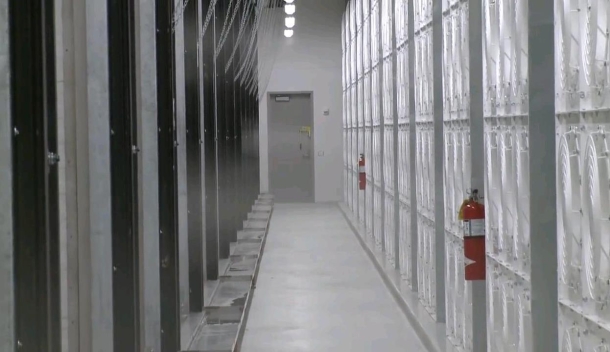
by Martin LaMonica
Facebook’s state-of-the-art data center houses awesome amounts of computing power, but the biggest technical challenge has been the air handlers.
The company said today that its Prineville, Ore., data center received LEED gold certification from the U.S. Green Building Council. The power usage effectiveness (PUE) rating varies between 1.06 and 1.1, making it a data center that consumes about half what a building simply built to code would use.
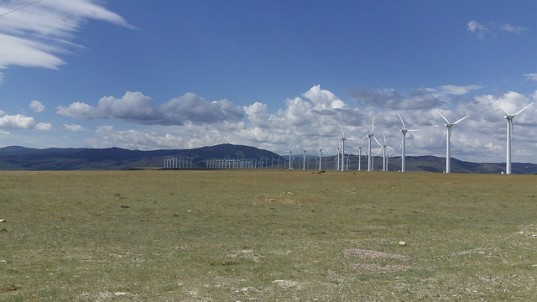
There have been a lot of articles about how many Asian countries, namely China, are starting to dominate the solar energy sector. However, General Electric Co. has decided to enter the Asian alternative energy sector by announcing they will be providing 31 turbines for a $100 million wind farm in Mongolia. The farm will be built by Newcom LLC, a Mongolian investment company.
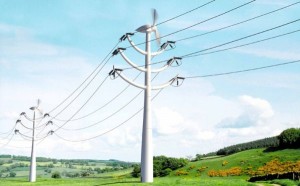
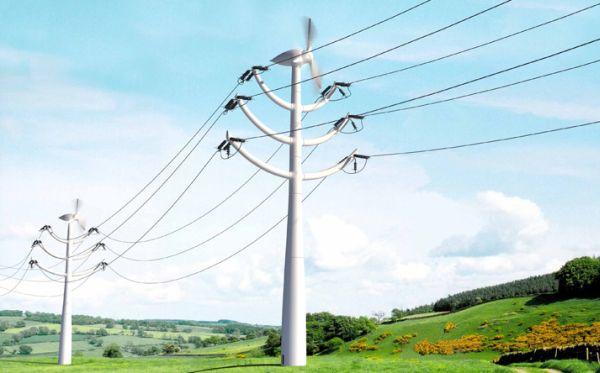
You would have heard of various wind turbine projects that run toward the generation of power by using the naturally blowing wind’s energy. This generated power is then used to run several applications that require electrical energy as an input. For that purpose, the energy is generally transported and fed into the power grid. But, here is a unique and power-packed German design for an integrated wind turbine structure that is termed as Efflux. There are various unique features of this pylon that take its efficiency level to newer heights when compared to the regular wind turbine structures. You would be wondering what is the addition to this pylon that makes it different from other similar structures! Then, check out some of the exclusive characteristics of this power producer.
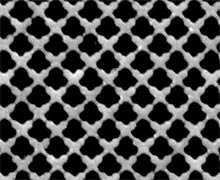

A new nanostructured material that absorbs a broad spectrum of light from any angle could lead to the most efficient thin-film solar cells ever.
Researchers are applying the design to semiconductor materials to make solar cells that they hope will save money on materials costs while still offering high power-conversion efficiency. Initial tests with silicon suggest that this kind of patterning can lead to a fivefold enhancement in absorbance.
Conventional solar cells are typically a hundred micrometers or more thick. Researchers are working on ways to make thinner solar cells, on the order of hundreds of nanometers thick rather than micrometers, with the same performance, to lower manufacturing costs. However, a thinner solar cell normally absorbs less light, meaning it cannot generate as much electricity.
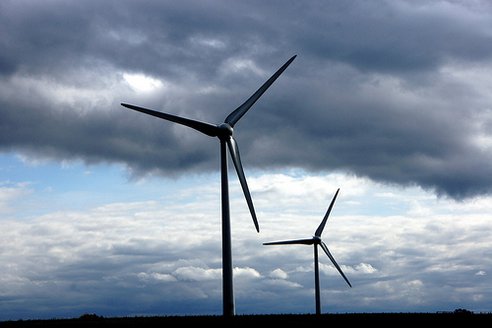
In a few places, wind power is already as cheap as natural gas or coal-fired electricity. By and large, however, it’s still a bit more expensive in most regions ’round the world. But not for long.
Climate Progress points us to this report in Bloomberg New Energy Finance, which has the scoop: “The cost of electricity from onshore wind turbines will drop 12% in the next five years thanks to a mix of lower-cost equipment and gains in output efficiency.”
And that 12% drop will have huge implications, as Bloomberg reports: “The best wind farms in the world already produce power as economically as coal, gas and nuclear generators; the average wind farm will be fully competitive by 2016.”
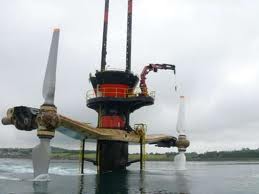

Marine energy has long looked to be a niche area, capable of meeting just a few percent of global power demand. But this seemingly limited energy source is drawing some big players, the latest being Siemens. The German engineering giant boosted its stake this month in Bristol, U.K.-based tidal energy developer Marine Current Turbines from under 10 percent to 45 percent. The attraction, according to Michael Axmann, chief financial officer for Siemens’s solar and hydro division, is the predictability of marine power.
Solar and wind farm operators struggle to predict tomorrow’s output, and bad forecasts can wreak havoc with power transmission planning and market prices. In contrast, the gravitational pull of the moon and sun that controls tidal cycles provides a sure means of anticipating the output from tidal generating stations. “Power output of the systems could be calculated for centuries in advance,” says Axmann.